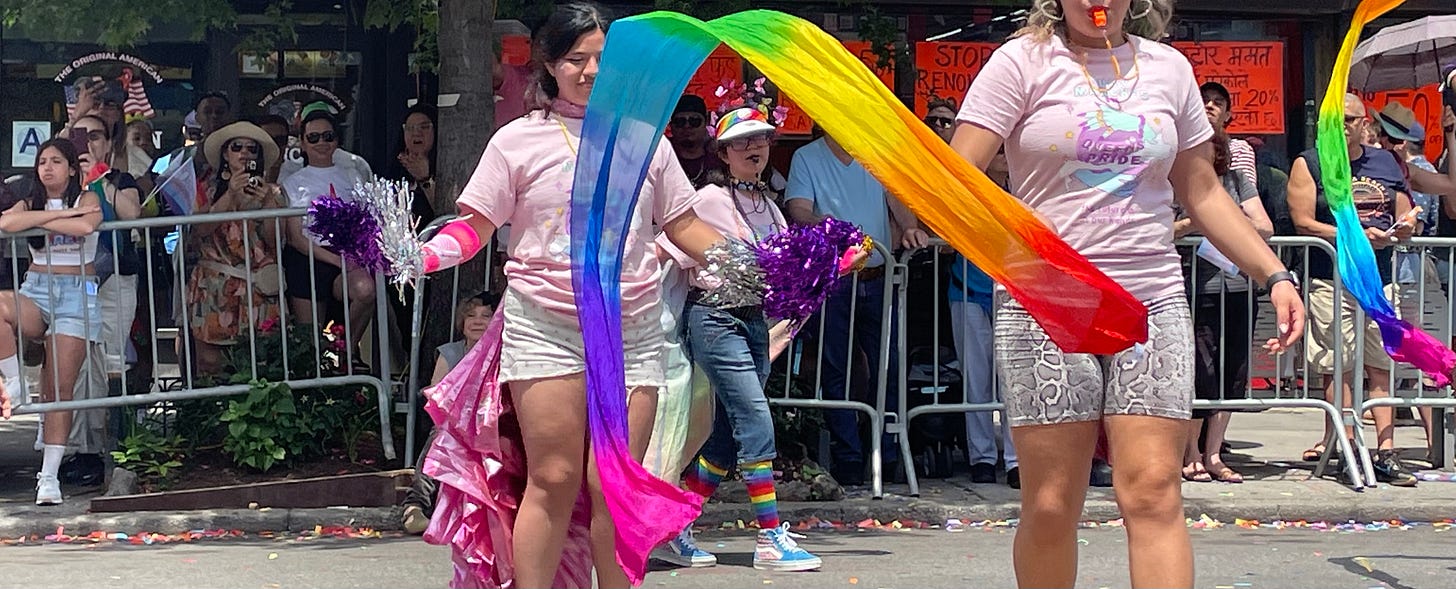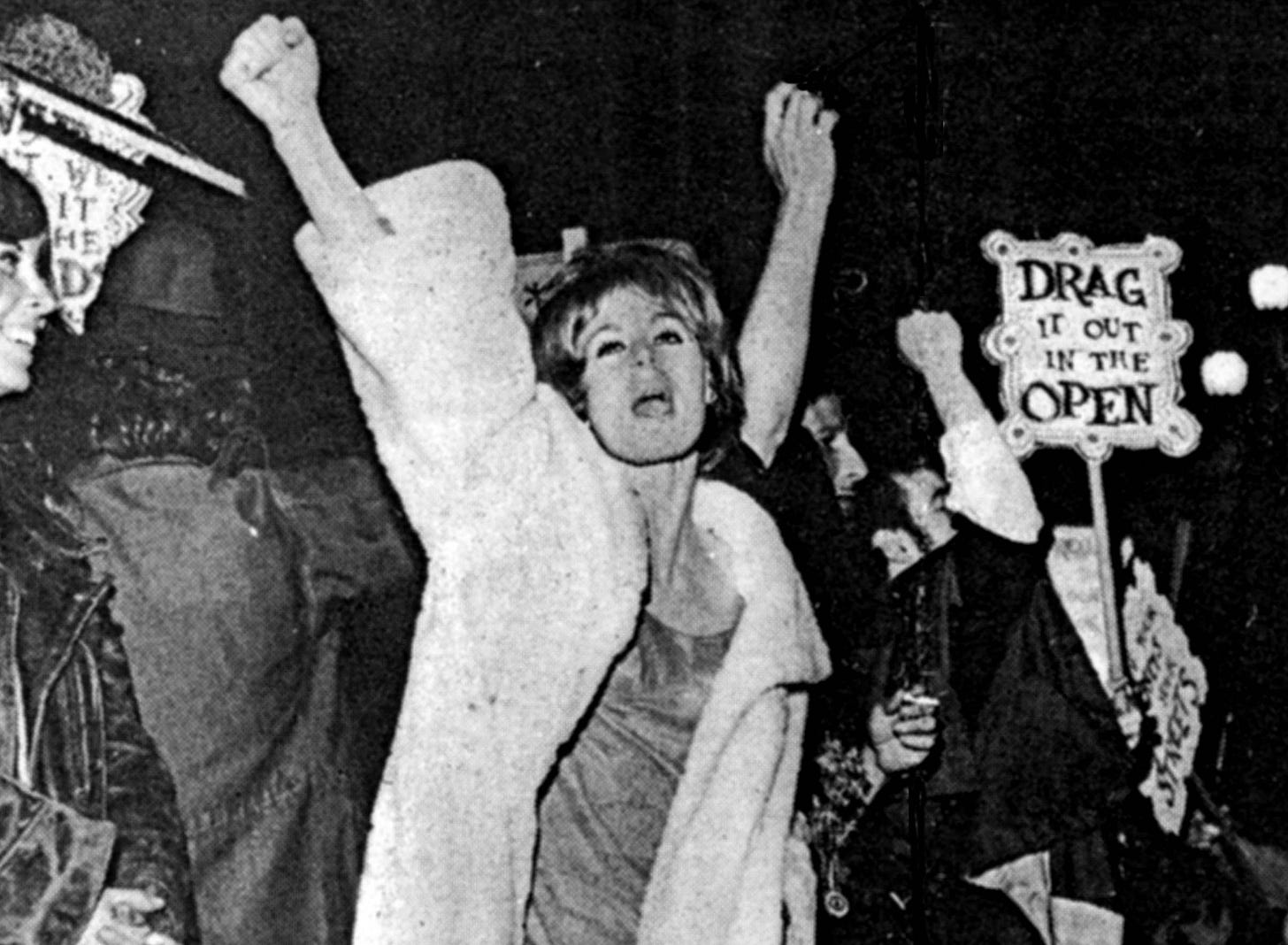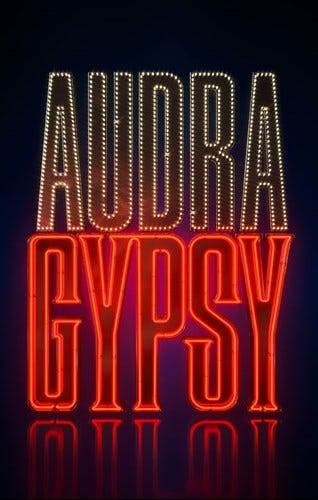POP CULTURE SPIRIT WOW
Hi and welcome back to Pop Culture Spirit Wow, the newsletter that is definitely ready for Pride, y’all. I was at Queens Pride this weekend, and it was a delight, a real community celebration. However you identify, I hope you get the chance to enjoy a parade or queer-related event this month.
A lot going on in the world. Let’s get into it!
THE WOWND UP
This week, New York real estate huckster and insurrection leader Donald Trump was convicted on 34 counts of doing very bad things, which sounds like a lot until you think about just how many bad things he’s done, or the Trump family Christmas decorations at the White House.
Friends Episode 2020: The One where the Trees were Bleeding
It’s unclear what exactly will be required of the now-convicted felon, who regularly refused to pay the people he hired to work for him, or anyone else, except apparently Stormy Daniels and almost certainly many, many others. Until he finishes whatever sentence he is asked to complete, including parole and fines, he will be unable to vote, as he is a resident of the state of Florida, whose guiding legal principle is currently “Shame.”
Florida’s First Lady Ron DeSantis, doing her daily walk through Tallahassee.
In other news, a new digital adaptation of Garfield the cat is the number one movie in America, leading some to wonder whether Hollywood has officially entered its “wearing my sweats all the time now” phase.
We get it, Deadpool 3 is going to be epic, Hollywood, but you do you still have to put out other stuff that is actually worth seeing. And putting Will Smith in another Bad Boys movie next week is not the answer.
Finally, this weekend the Washington Post reported that bottlenose dolphins actually have individual whistles that identify them in the way that names identify us. They also can live into their 60s, and rely upon a combination of both heterosexual and homosexual relationships in order to maintain their communities.
Happy Pride, y’all!
THINGS THAT WENTETH BEFORE PRIDE
During Pride month I try to read more in and around gay history. And one thing that I’m finding fascinating right now is trying to bring together different accounts of Stonewall itself—what led up to it; how it played out. Even the Stonewall Bar itself gets some pretty different interpretations.
Here’s a couple Stonewall stories that you might find interesting.
There had been protests against police harassment of queer people going on across the country for a decade when the Stonewall riots happened.
Trudy Ring of the Advocate just did a great piece on the history of Stonewall in which she notes a number of protests against police that had happened in different parts of the country as far back as a decade before Stonewall.
In 1959, drag queens and hustlers protested police harassment at Cooper’s Donuts in downtown Los Angeles, a popular gay hangout. [pictured above] In 1966, there were demonstrations and riots against similar mistreatment at Compton’s Cafeteria in San Francisco. As patrons of the Black Cat Bar in L.A. rang in 1967, police raided the gay establishment, arresting those dressed in drag or kissing a member of the same sex. Gay Angelenos responded with multiple protests, and the Black Cat demonstrations led to the publication of a newsletter that became The Advocate.
The mob might have had a lot more to do with the Stonewall riots than Judy Garland.
There are a lot of stories out there that a big part of what led the Stonewall riots was the funeral of beloved gay icon Judy Garland, which had happened earlier that day in New York. People at the Stonewall were mourning, the cops showed up to fuck with them and they just were not going to take it.
There’s no reason to think that wasn’t an element in what happened. But another element might have been the Mob. New York refused to issue liquor licenses to bars that served homosexuals. As a result, these bars existed largely as mob-run organizations that paid off the cops in order to function. Like many gay bars, Stonewall was owned by Matty “The Horse” Iannielo, the then-acting head of the Genovese crime family (pictured above).
According to former Village Voice editor Richard Goldstein, who was interviewed as a part of a marvelous new oral history of the Voice, the cops actually showed up at Stonewall on June 28th because the mobsters who owned Stonewall had not delivered on their payoff for the month. Yet another story, from former Voice reporter Lucian K. Truscott IV years later, says the cops came because there was evidence that Stonewall was “being used by a Mafia blackmail ring that was setting up gay patrons who worked on Wall Street.”
There’s no reason that more than one of these explanations could be true. (Although I think it’s worth noting, the blackmail ring version came from the police themselves, who also sad they came because the bar had no liquor license, as though they hadn’t known that for years.)
Stonewall was not your typical gay bar.
In Tricia Romano’s oral history of the Voice, a number of Voice writers and editors who knew the bar–it was just down the street from the Voice’s location at the time—described it run down and catering to a clientele who were not welcome at other gay bars. Said writer Jim Fouratt, “It was a really fucking sleazy bar,” so much so that when he saw a paddy wagon parked outside the bar on the 28th, he couldn’t figure out what the cops would be doing there.
Goldstein said it was “The bar for people who couldn’t function in other gay bars because they were ‘shabby,’ or they were too ‘femmey.’ Or they were drag queens, or they were Black.” In The Stonewall Reader, Thomas Lanigan-Schmidt describes being part of community of “street rats,” poor queer young people who survived by hustling, panhandling, and menial jobs and found a home for themselves at Stonewall.
Others have described the bar as having no running water, no fire exits, and overflowing toilets. Meanwhile Truscott—the same reporter who decades later would give the cops’ side of the story—described the rioters as “the forces of faggotry,” a description that gay leaders immediately demanded (and received) an apology for. He also describes the bar as “one of the city’s largest, most popular, and longest-lived gay bars,” which fits with absolutely none of the other descriptions of Stonewall. (And yes he is the same reporter who decades later would report that the cops showed up because of a mafia blackmail ring. I’m sure that’s why they started dragging queer people away, too.)
The Mystery Lesbian
In recent years broader attention has finally been paid to transgender activist Marsha P. Johnson and her role at Stonewall. Usually they say she was the real start of the riots (a fact she herself denied).
The accounts of what happened that night are all over the place. As Truscott describes it, Johnson came out in cuffs, having done nothing but simply been in the bar, and asked for people she walked by to come and bail her out. And the cop leading her pushed her, at which she asked for a minute, and then he hit her in the back with nightstick and shoved her hard into the back of the paddy wagon.
And that’s when things got crazy. “People started rushing the paddy wagon. The cops shoved her in and slammed the door, and the paddy wagon drove off, and the cops retreated back into the Stonewall. And then the next thing I knew someone body had picked up a paving stone, threw it through the window.”
But before any of that happened, the cops had taken others out of the bar. In particular, a number of eyewitnesses talk about what Fouratt describes her as a “very masculine, very butch lesbian. She’s short and she’s stout and she’s all dressed in men’s clothing.” They put her in the paddy wagon, and she begins to rock it back and forth from inside. She rocks it hard enough that one of the back doors of the wagon fly open. “She comes out and starts throwing her bulky body against the police car. And it starts to tip. And now we’re maybe fifty people, and we’re cheering.”
The early days of the Pride movement are often associated with cis-gender white gay men. But in fact many at the forefront were people of color, women, drag queens, and trans men and women who had been largely rejected by the gay community.
Fouratt makes the comment that witnessing all this, “Something happened that fundamentally changed me forever. I got in touch with my internalized homophobia that I have layered over. I looked at the other people that were in the street and on the sidewalk, and most of them were young gay men. There was so much cheering. I can only describe it if you’re in the middle of a dance floor and you have a great DJ, who’s building building building to a peak moment and then—whoosh—cuts the sound, and everyone is cheering. That’s what was happening outside.”
The choice to make the last weekend in June an occasion for special remembrance was not just about Stonewall happening on June 28th.
Ring in the Advocate notes that there were public demonstrations going on for civil rights for queer people in Philadelphia starting in 1965. Each July 4th queer activists would picket at Independence Hall. They called this annual event “Reminder Day,” because their point was to remind their fellow citizens that they were being denied their rights as Americans.
As you can see from this Library of Congress video, the nature of those protests was incredibly mild-mannered, people in suits and skirts quietly marching with signs like “The pursuit of happiness an inalienable right for homosexuals also” or “End Discriminatory Policies Against Homosexuals.”
After Stonewall, it was the organizers of those protests who suggested that Stonewall should be remembered each year in the last weekend of June (when it happened).
IT’S HER TURN
You’ve heard of pop up restaurants or shops, pop up pop albums that get released out of the blue one night? Well how about a pop up Broadway musical?
For months—years?—people have been dreaming of Audra McDonald doing Gypsy, one of Stephen Sondheim and Arthur Laurents’ most seminal and inventive pieces of work. Then last week, Audra posted this to her Instagram:
Less than one day later, tickets went on sale.
I’m thrilled to see Audra play a villain. Casting directors over the decades have loved to put her in the role of put upon heroine/victim, someone you adore and feel through as they go through tremendous amounts of pain. To see her play instead a mother whose own desires for success overwhelms her family sounds thrilling.
Audra, welcome to your villain era!
ME, ELSEWHERE
I’ve had a couple pieces come out in the last few weeks that I’m pretty proud of. I wrote a piece for National Catholic Reporter about whether this isn’t the moment for queer clergy and religious—brothers, sisters—to come out of the closet.
I also just did a review of the musical Teeth for them, which I was really excited to do.
At Religion News Service I got to interview Stephen Ujlaki, the director of the new film Bad Faith, which traces the origins and development of Christian Nationalism in the United States. I think the movie is really a must-see, and talking to Stephen was eye-opening, too.
Lastly, last week I did an interview here with the creative team behind the musical Diary of a Wimpy Kid. I think the conversation we have about the creation of one of the show’s songs is just an absolute delight. I’m so grateful to them for taking the time to answer my very obsessive questions.
MOMENT OF WOW
This performance from Stephen Sondheim’s 75th birthday celebration starts as a joke—Harvey Fierstein was playing Tevye on Broadway at the time. But hold on tight, because it’s got a kick to it. Harvey turns the song into a furious anthem for pride.
Have a great week, everybody!









